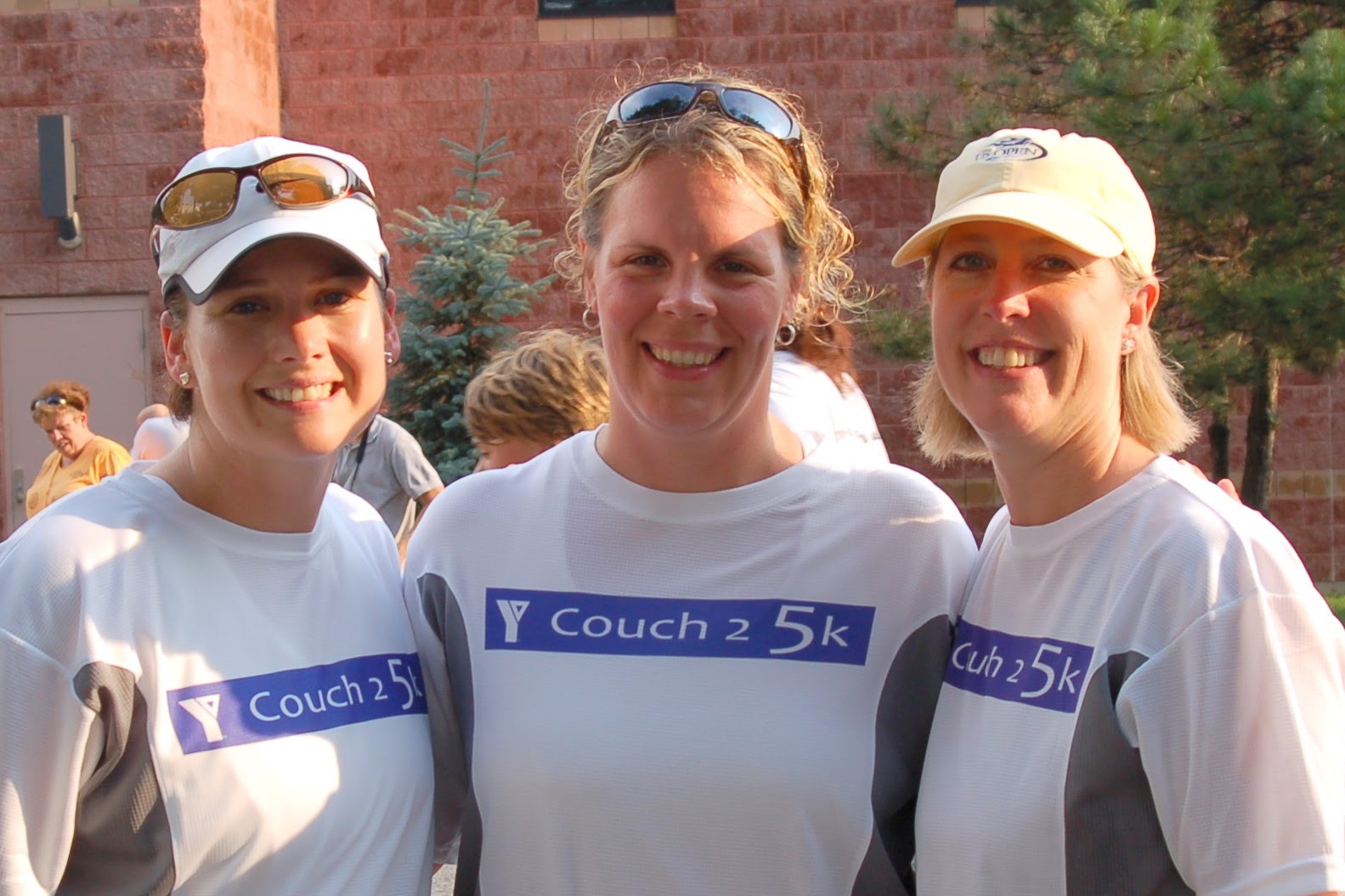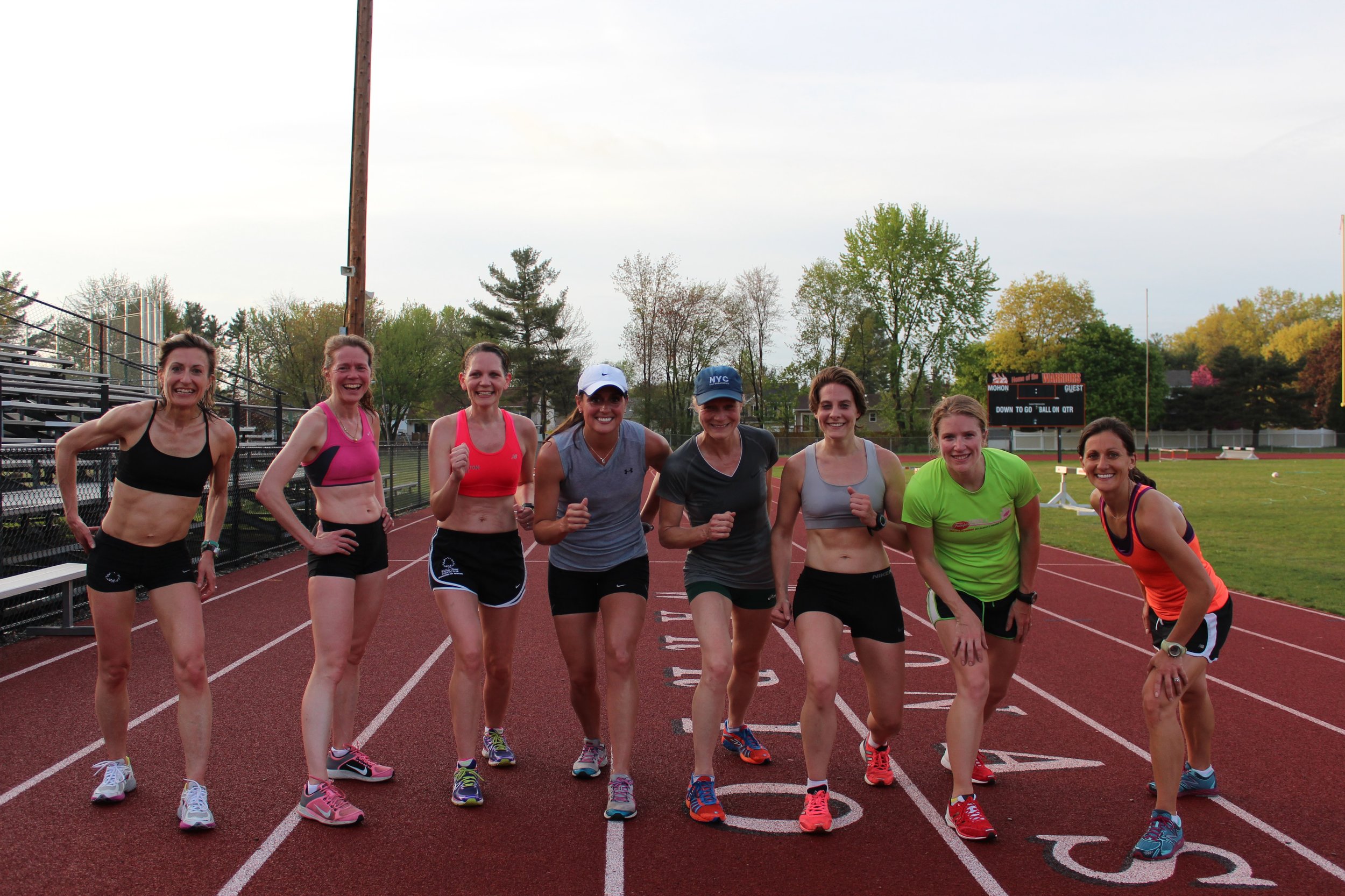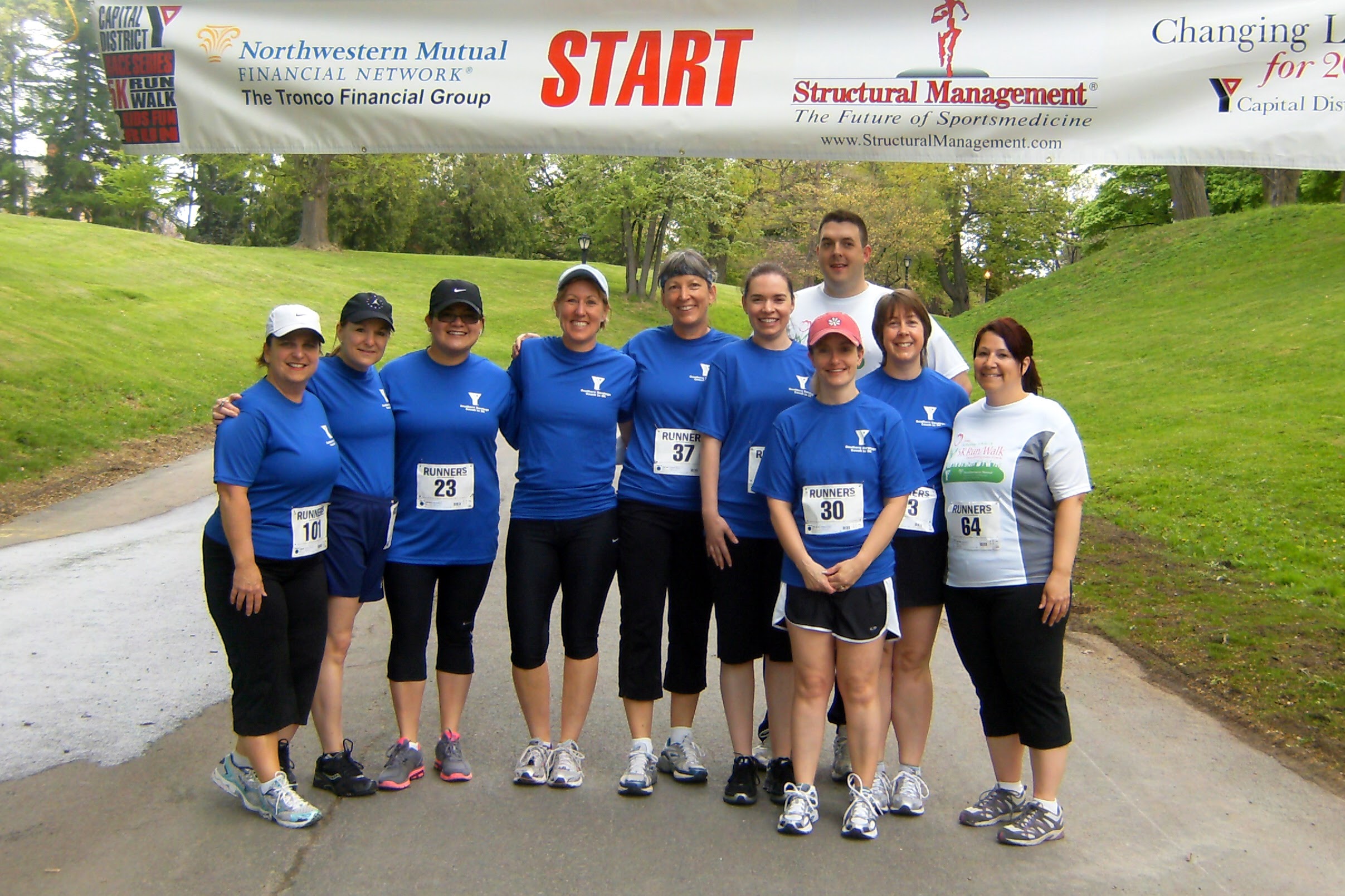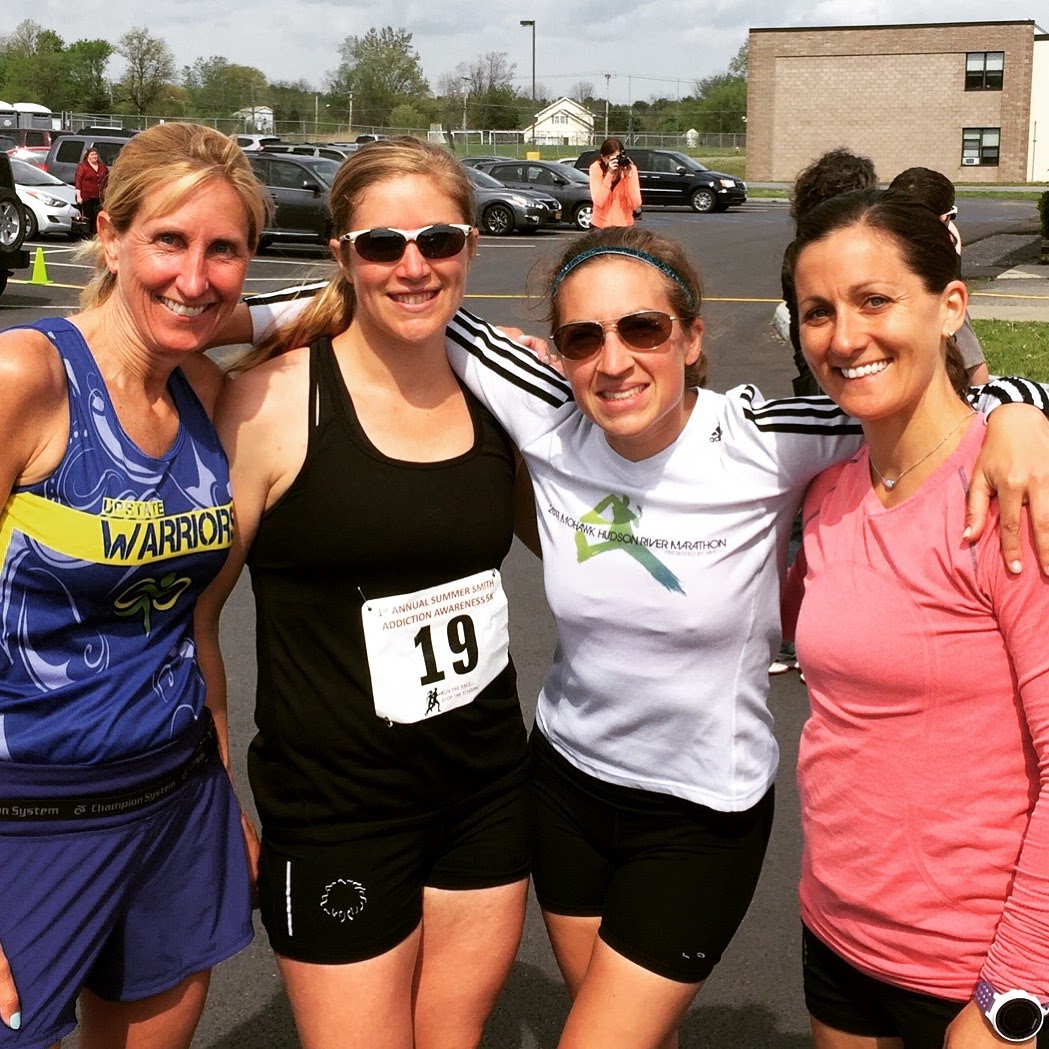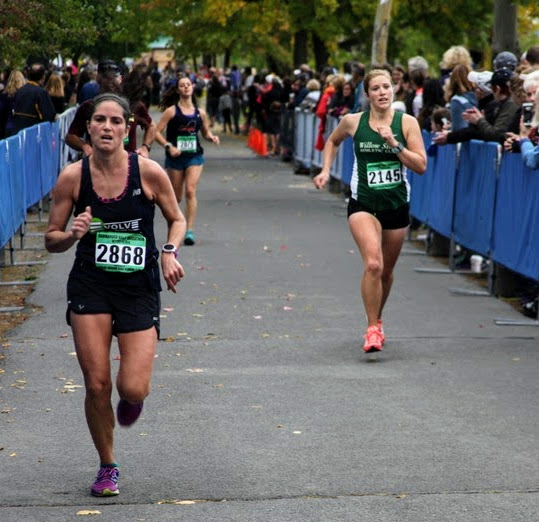#7 Training Partners
SNAPSHOT
7 am at the front door
DIGGING DEEPER
A magnificent opportunity awaits to share, grow, and learn when running forward together, stride for stride. My training partners have altered my life with their sound advice, encouragement, and care.
Even though I moved to Minnesota, my training partners in New York still have a special place in my heart. Oh, how I yearn for a run together. My friend, Anne, and I have contemplated using the speaker on our phones in order to experience running together while in two different states. (If you have any solutions, please comment, need help!)
Anne looks way too good for how hard I am working! Hangover Half 2011
When embarking on your hour run together whether it is just the two of you or a crowd of 10, sharing the trail, view, memories, and friendships call you back day after day.
Training Partner Tips:
Find training partners at group runs. Running shoe stores often host guided group runs. Your local gym may have a scheduled group runs. Use the Meet Up website to find a running group gathering near you. Specific race training groups help to not only gather runners but give them the training support needed. #freihoferstrainingchallenge
Safety in numbers!
100% easier to start a run when someone else is starting their watch alongside you
Make next morning plans before 10 pm, early bedtime runners may need all plans set up by 9 pm
Be on time. Sometimes I am set on getting a certain number of miles done within my available time to run, so please make it a priority to show up ready to run at the planned start time. Otherwise, let your partner know so they can start the run and circle back around when you can arrive.
Run in rain, snow, wind, and cold but cancel if it is greater than 80 degrees, icy, or lightning.
Try really hard not to cancel your run together. You matter, your company on the run matters, unless you are sick or injured try hard to keep your plans.
Willow Street Athletic Club
Different speed partners are GREAT. If one friend runs slower than your normal pace, plan those runs together on your recovery day. If another friend is slightly faster than you, plan a run with them when you can challenge yourself. A mix of abilities within your roster of training partners is so beneficial for all.
Do workouts together. Whether you are the same pace or not, you can still start together and circle back to check on each other, offering encouragement. Together we get further!
You need a long run, but your training partner wants less miles. Simple solution! You add on a few miles before or after the run, but still do the main portion together.
Use the CONTROL-ALT-DELETE option if you are struggling when on a run with a training partner. I coined this term one day when running at a tempo pace with my friend, Mary. I just couldn’t get relaxed enough at our current pace, so I asked her for just a 10-second walk break. She very much obliged and that was all I needed in order to relax my muscles, catch my breath, and finish out the run strong.
Bike alongside your training partner, if you are injured. You both enjoy the friendship, keeping up the routine of meeting.
Walk alongside your injured training partner. Again your friendship is valuable. They need you and you can almost always add some extra steps to your day.
Plan races together. Even if you each run your own race, driving to, meeting after, and driving home makes many memories and shares in the fun of accomplishments.
Join a racing team. Winning Together!
Keep the discussions far away from politics, FAR FAR AWAY!
SOLUTION
Text a friend and plan a run. They are waiting for the invitation!
This 30-day series is a quest for me as a writer, coach, and runner. I promise to write about running for 30 days in a row. In doing so I intend to gain in knowledge and expression of running and daily life. My hope is that we all grow together.




